The guitar—as well as its predecessor, the lute—is the instrument of seducers. This isn’t a romantic projection, but based on practical considerations and validated by music history.
As a pianist, I’d like to imagine the keyboard as the most erotically-charged instrument. But that simply isn’t the case. First and foremost, the piano can’t be carried to the place of seduction—a secluded rendezvous, below the balcony of the beloved, the back of the van, the bed chamber, and those other usual spots of lust-ridden assignation.
The piano is typically placed in a living room or parlor, where parents can observe the impact of the music on suitors and other visitors. There’s no doubt that the rise of the piano as a piece of household furniture during the 18th century was linked to romance—but families wanted the music to lead to marriage, not seduction.
Daughters were more frequently given piano lessons than sons—a peculiar fact when you consider that they were discouraged from pursuing music as a profession. Their accomplishments at the keyboard, however, made them a more desirable match. I hate to say it, but this may have been the single biggest reason for piano sales in the history of the instrument.
The suitor was allowed to visit, and watch the young lady tickle the ivories. And if his passions were similarly tickled, all the better—just so long as he kept his distance until after the wedding. In other words, the piano was the instrument of courtship, not seduction.
Consider the case of Mozart’s sister Maria Anna Mozart, who also played piano and composed—but none of her music has survived. She was allowed to perform as a child prodigy until she reach a “marriageable age.” Instead of pursuing a public career like her brother, she made a ‘good match’ with a magistrate. Sad to say, society of that day considered this as the optimal result of giving your daughter piano lessons.

The lute, in contrast, could be brought anywhere. Even worse, it had a gentle, relaxing sound. And it was played by the fingers, leaving the mouth free to sing seductive lyrics (among other things).
Can any sax or trumpet match this? If I show up at my beloved’s window playing the trombone, will she invite me inside? Or merely toss the contents of her chamber pot in my direction?
I don’t think I’d like to find out.
Just work your way through a list of instruments, and consider the romantic possibilities of each. The drums? The harmonica? The upright bass? The accordion? The sousaphone?
I could give more examples, but I’m sure you already see what I’m saying. Musicians are supposed to be romantic figures, but it’s only ten percent looks—the rest depends on the instrument.
And that brings us to the subject of the lute.
Musicians always had a bad reputation in Western culture, going back to medieval days, except for those who performed at church. But the lute player was the most dangerous of them all. As freelancing became more common during the course of the Renaissance, the seductive lute player even got turned into what we would call today a meme.
Just take a look at paintings of lute players from that era. Here’s an early example from Giovanni Cariani (1490-1547).

Or consider this painting by Bernardo Strozzi (1581-1644).

The looks on those faces emphasize what are called “bedroom eyes.” The popularity of these lustful images reached a particular intensity during Shakespeare’s lifetime. And that’s no coincidence—when that instrument shows up in his plays, it is frequently associated with erotic impulses.
Here is Caravaggio’s version—deliberately androgynous. The musician depicted may have been the castrato Pedro Montoya.

As this image suggests, the seductive gaze of the musician is not always associated with traditional definitions of masculinity. Although most of the paintings in this category feature young men, women could also fill the role.
Here is Bartolomeo Veneto’s Woman Playing a Lute.

I could give many other examples. Check out, for example, paintings by Valentin de Boulogne (1591-1632), Hendrick ter Brugghen (1588-1629), and others. At some later date, I hope to write on how this development links to other cultural and musical shifts from that period—with even areas that seem analytical and impersonal (tuning systems, compositional forms, etc.) drawing on the same impulses and desires.
During the early Shakespearean era, almost no lute music was published in England. My hunch is that this was an act of deliberate censorship, due to the erotic appeal of the instrument. It’s important to recall that Queen Elizabeth granted a patent on all music in England to composers Thomas Tallis and William Byrd in 1575—an extraordinary situation in which these two gentlemen had total control over the musical culture (even the sale of blank music paper). They were both devoutly religious, and I suspect they had objections to some of the more sexualized lute songs of that day.
So I don’t believe it’s coincidence that when the patent expired after 21 years (in 1596), we suddenly witnessed a blossoming of seductive lute music in England, most notably the publication of John Dowland’s The First Book of Songs (1597). And the next time Queen Elizabeth issued a patent on music it went to Thomas Morley, who composed those naughty lute songs himself. This was the Renaissance equivalent of Mick Jagger getting knighted by the Queen—another example of subversive music becoming legitimized.
These sexy lute paintings are all forerunners of recent photos that eroticize rock guitarists. I could offer all kinds of psychoanalytic interpretations, laden with Freudian connections, but it really isn’t necessary. There’s so much sexuality on the surface level of these images, that you don’t need to probe into subconscious impulses.
Just consider Jimi Hendrix playing guitar with his mouth, or Chuck Berry taking a solo while doing the splits.
Perhaps it’s reassuring to trace the ancestry of such stunts back to the Renaissance. But it leaves open the question of whether any digital music software can ever match the sexual intensity of these physical instruments.
My honest opinion is that none of our new-fangled technology has changed any of this. Just imagine you’re a musician heading off to play outside the bedroom window of your beloved, and you only get to bring one item from your equipment room. Do you pick the laptop loaded up with Pro Tools, Ableton, and Finale? Or a guitar?
Leave the software at home, my friend. The only digital tools you will need are your fingers—and after the music-making is done, the rest will be purely analog.
Ted Gioia is a leading music writer, and author of eleven books including The History of Jazz and Music: A Subversive History. This article originally appeared on his Substack column and newsletter The Honest Broker.
Related reading:




















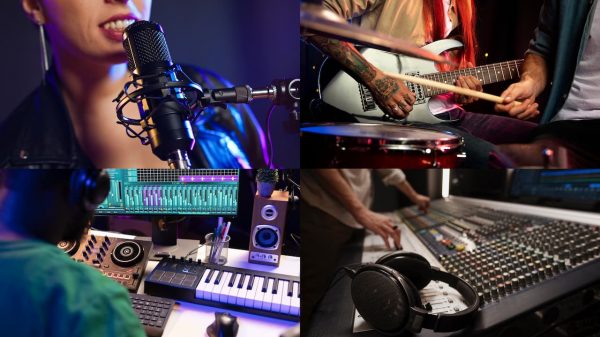

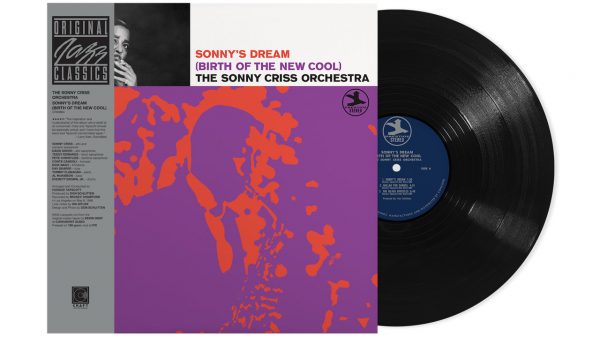
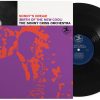



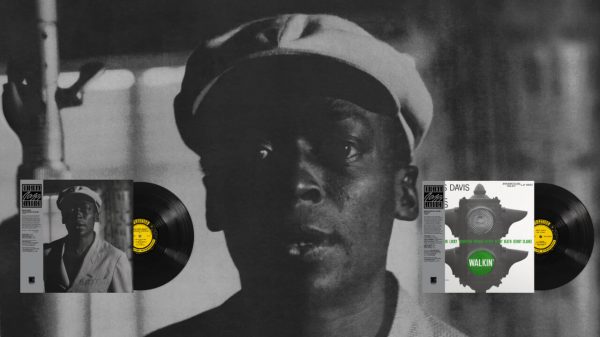



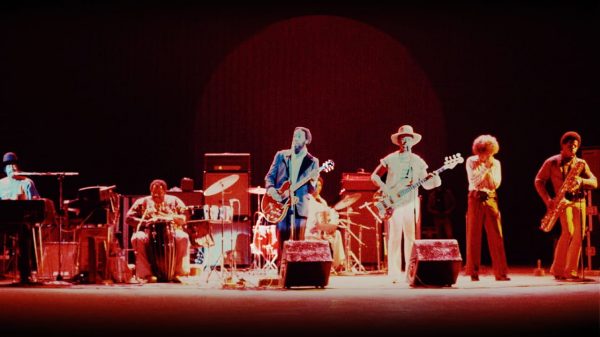













ORT
August 12, 2022 at 3:20 pm
“Is that a Lute in your purse or are you Farinelli in drag?”
Il Castrato were purported to be powerful vocalists in the range of Contralto, Soprano and Mezzo-Soprano. I have heard only one recording of a castrato and found it to be “lacking”.
The crimes of certain members of certain churches is is historical tragedy and falsely foisted on the children as being for the “…glory of God”. But enough of my ramblin’…
For the record, I laughed heartily at your closing paragraph. Well written indeed, sir!
“Leave the software at home”…and “…the rest will be purely analog” are well phrased. A rarity in this here Matrix. 🙂
ORT